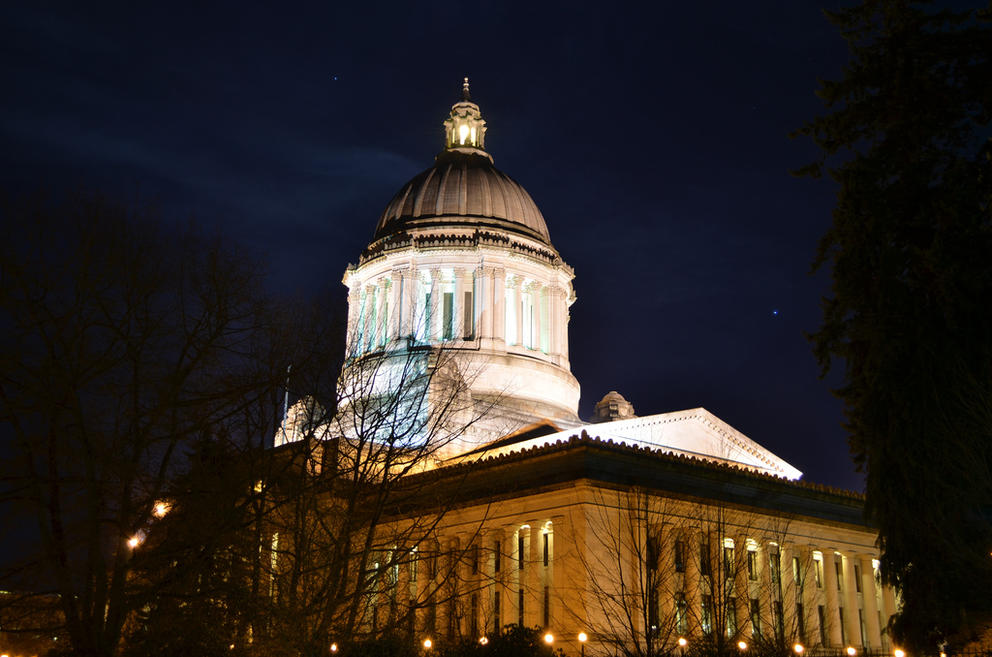Could Washington Democrats take both houses of the state Legislature this year?
With most of Washington’s votes counted Tuesday night, it wasn’t out of the question — but it was anything but a sure thing.
This year's election has turned into a fierce fight over a narrowly divided Legislature. With only a two-seat Democratic lead in the state House, and the party only three seats behind in the Senate, control over the state hangs in the balance, to be decided by races in a handful of swing districts, largely in suburban areas bordering the big Western Washington cities. Democrats would only have to flip two seats to take the Senate, but Republicans would only have to flip two to take the house.
Tuesday’s top-two primary, just like the name implies, will determine which two candidates will move forward to the general election in November. Political operatives on both sides of the aisle tend to treat the race as something of a proxy for the general election: Although both sides hire pollsters in competitive districts, the primary is the first time either party gets to see just how many people are inspired enough by their local candidates to actually vote.
What did the primary results tell us? Few of the swing races ended up with one side carrying a decisive lead over the other. But even though Democratic candidates didn’t take strong leads in many Senate races, they came within striking distance of Republican incumbents in several districts.
In the first ballot count, Lisa Wellman got within 200 votes of Republican Sen. Steve Litzow, challenging him in the 41st District race on the Eastside of Lake Washington, while Democrat Tim Probst led Republican Lynda Wilson by a hair in the race for the seat given up by Sen. Don Benton in the 17th District along the Columbia River. But Marisa Peloquin, who Democrats have pinned their hopes on in a race against Republican Sen. Steve O’Ban, trailed by nearly 6 percent in South Sound’s 28th District.
That's the Senate. In the House, where Republicans would only need to win one seat to create a tie that could potentially lock up the body, the 6th, 30th and 31st district were all split races, with one side or another leading by a hair.
Still, Democratic operatives were positive Tuesday night. State Rep. Joe Fitzgibbon, who is chairing the House Democratic Campaign Committee this year, said that in general election years, Democrats in Washington see a reliable bump of at least 5 percent between the primaries and the general elections.
Barring more issues like the newly reported Iran money-lift fiasco, which could draw out a reserve of Republican voters, it’s certainly easy to imagine Donald Trump’s place on the top of the ticket bringing out a surge of Democratic opposition, which could affect close state races.
Whoever controls the Legislature will have to work with a newly elected governor. That will be either incumbent Democratic Gov. Jay Inslee or his Republican challenger, Bill Bryant. Inslee holds about a 10 percentage point lead but he is running just under 50 percent of the overall primary vote so far. That could give Bryant some hope of a November upset.
Find more primary election results and analysis here.


